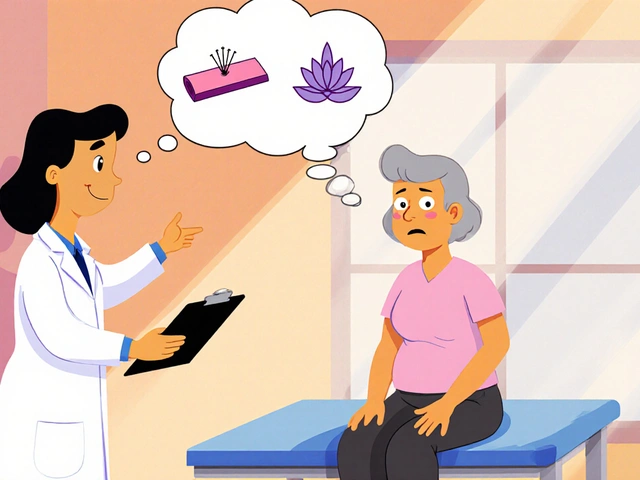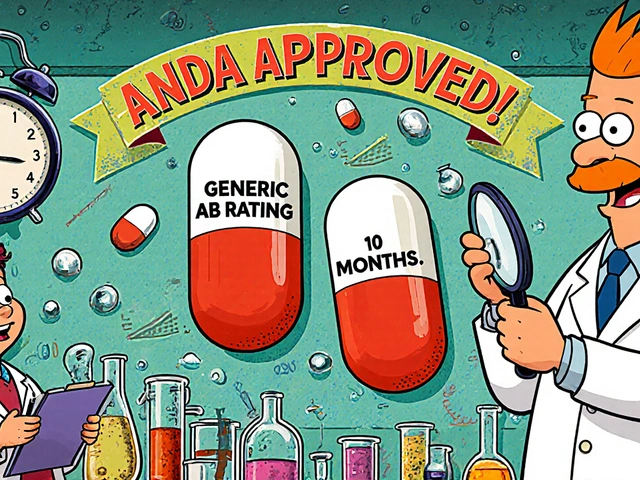Cardiovascular Health – Simple Steps to Keep Your Heart in Shape
If you want a heart that keeps beating strong, start with easy daily habits. A few minutes of walking, swapping salty snacks for fresh fruit, and getting enough sleep can make a big difference. You don’t need a fancy gym membership – just move a bit more and watch your energy rise.
Want to see real results? Track your blood pressure at home or at a pharmacy. When numbers are in the normal range (below 120/80), you’re on the right track. If they’re higher, it’s a sign to tighten up diet, exercise, or talk to a doctor about a medication that fits your lifestyle.
Lifestyle habits that protect your heart
Eating more vegetables, whole grains, and lean protein helps lower cholesterol and keeps arteries clear. Try to limit processed foods, sugary drinks, and fried snacks – they raise bad cholesterol and add extra pounds.
Exercise doesn’t have to be intense. A brisk 20‑minute walk, a bike ride, or a quick home workout gets your heart rate up and improves circulation. Consistency beats intensity; aim for at least 150 minutes a week.
Stress can push blood pressure up, so find something that relaxes you. It might be meditation, a hobby, or simply stepping outside for fresh air. Sleep matters too – aim for 7‑9 hours each night to let your body recover.
Medications and what to know
If lifestyle changes aren’t enough, medication can help. Our site has clear guides on a range of heart‑related drugs so you can choose the right one with confidence.
Hyzaar – a combo of losartan and hydrochlorothiazide. It lowers blood pressure by relaxing blood vessels and helping the body get rid of excess fluid. Read our Hyzaar guide for dosage tips, side‑effects to watch for, and how it fits with other heart meds.
Bisoprolol Fumarate – a beta‑blocker that slows the heart’s beat and reduces strain. Our Bisoprolol article explains the different forms, how to pick the right dose, and common side‑effects.
Losartan‑Hydrochlorothiazide vs. other BP meds – we break down how this combo stacks up against other popular blood‑pressure drugs, so you can see which might work best for you.
Each medication guide includes practical tips on what to ask your doctor, how to take the pill correctly, and warning signs that need a doctor’s call. Knowing the basics helps you stay in control and avoid surprises.
Besides prescription drugs, we also cover safe over‑the‑counter options and natural supplements that can support heart health. For example, the hydrangea supplement guide looks at benefits and safety, while the Stavesacre article explores herbal uses.
Remember, never start or stop a medication without a doctor’s advice. Use the information here as a conversation starter, not a replacement for professional care.
Keeping your heart healthy is a mix of daily habits and, when needed, the right medication. Check out the articles linked on this page for more detail, and feel free to ask your doctor any questions that come up. Your heart will thank you for the effort.




